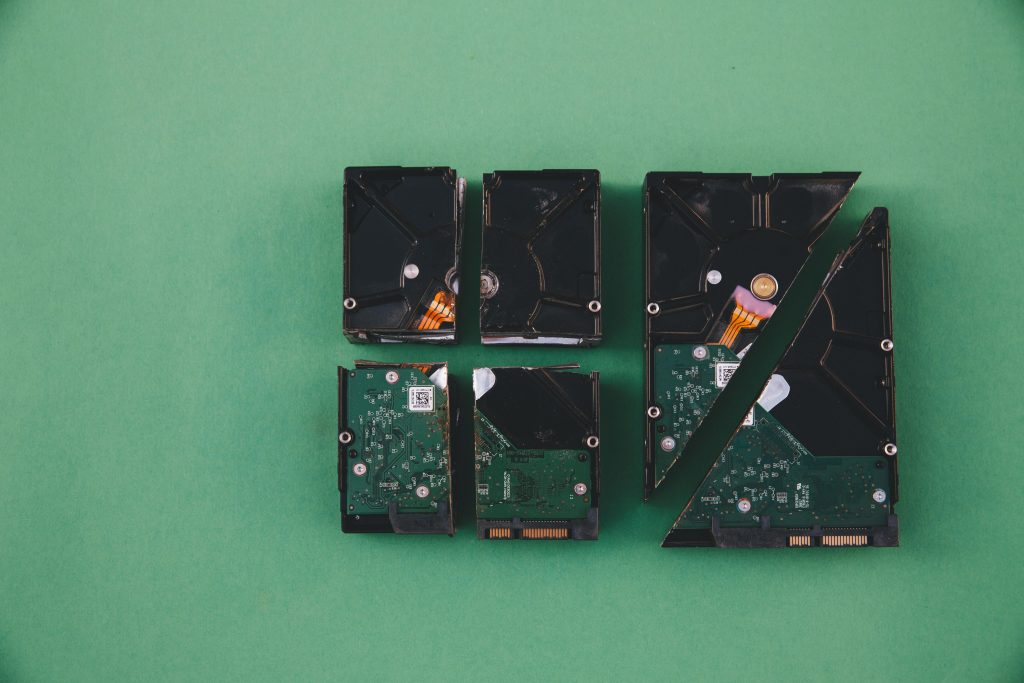The Importance of Server Maintenance: A Cautionary Tale
Today, we encountered a significant issue when a client’s server experienced a catastrophic failure, resulting in the loss of critical data. For the past three years, we had consistently emphasized the importance of proactive maintenance and regular upgrades to avoid such scenarios.
The dual hard drives, which had been silently struggling for years, finally gave out. The server’s indicator lights were so dim that I initially thought they were malfunctioning, which unfortunately included the hard drive error light as well.
In an attempt to salvage the situation, we tried to rebuild the RAID 10 array; however, the level of damage on the remaining drive made recovery impossible. The last successful backup was taken two days prior, and while we are working to extract the most vital files, it is likely that even this backup may be corrupted.
To complicate matters further, the server was running on the outdated Windows Server 2008. This means we will now need to set up a new Active Directory and transfer all previously connected systems, a process that is not only time-consuming but also costly for the client.
The question lingering in my mind is whether it was worth it for the client to continue using a server that operated three times longer than its average lifespan, only to lose weeks of productivity while waiting for a new one to arrive and be installed.
The takeaway? Investing in your company’s primary server is essential. Cutting corners on equipment and maintenance can lead to extensive operational disruptions and financial loss.
On a lighter note, I must mention that this server was among the dirtiest I have ever encountered. One has to wonder—was there someone smoking in the server room? Attention to cleanliness is equally important in maintaining equipment longevity!
In conclusion, this experience serves as a stark reminder of the importance of regular server maintenance and timely upgrades. Don’t let your business be the next cautionary tale.
Share this content:



